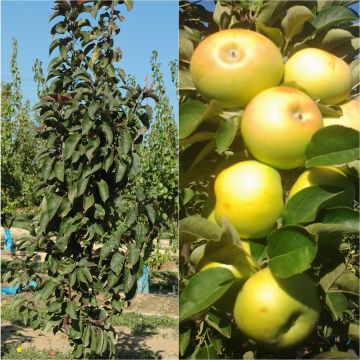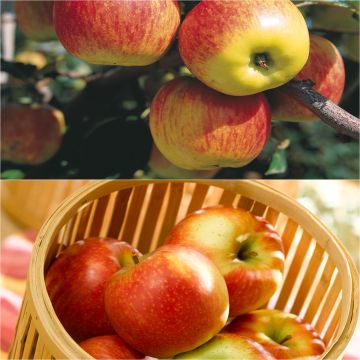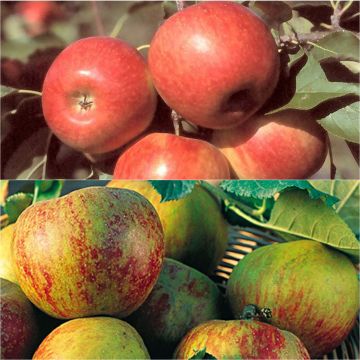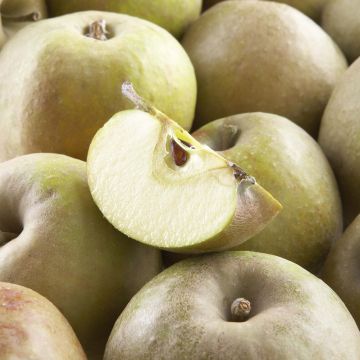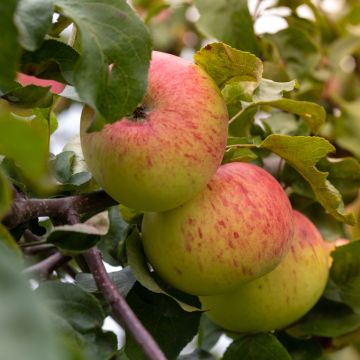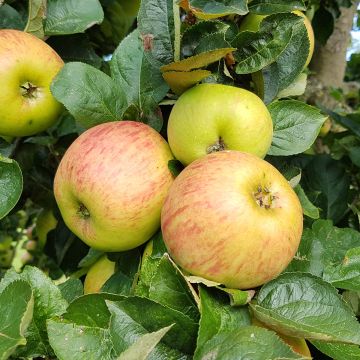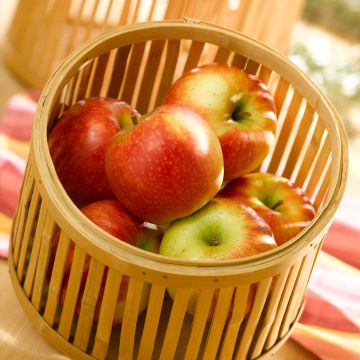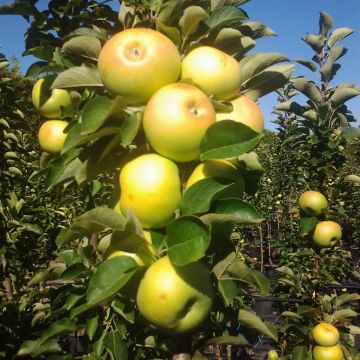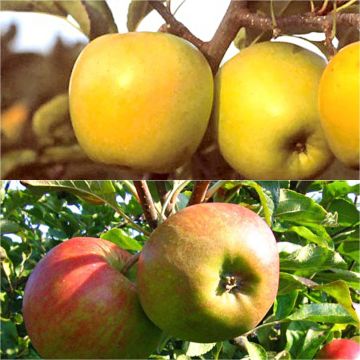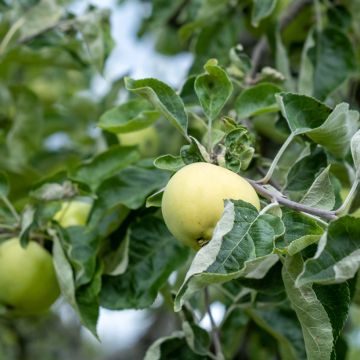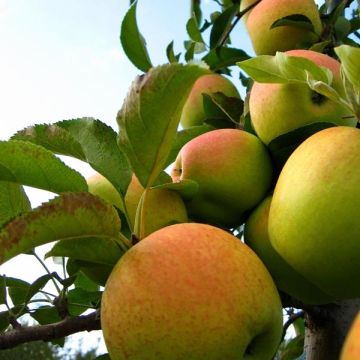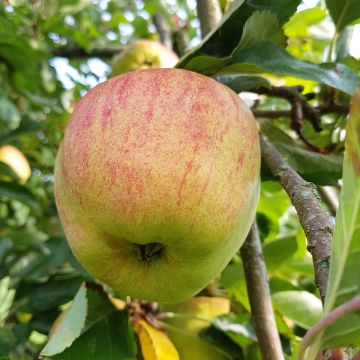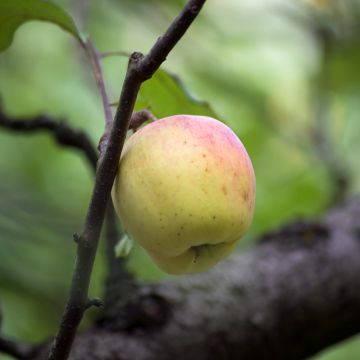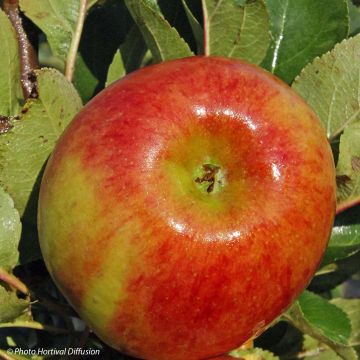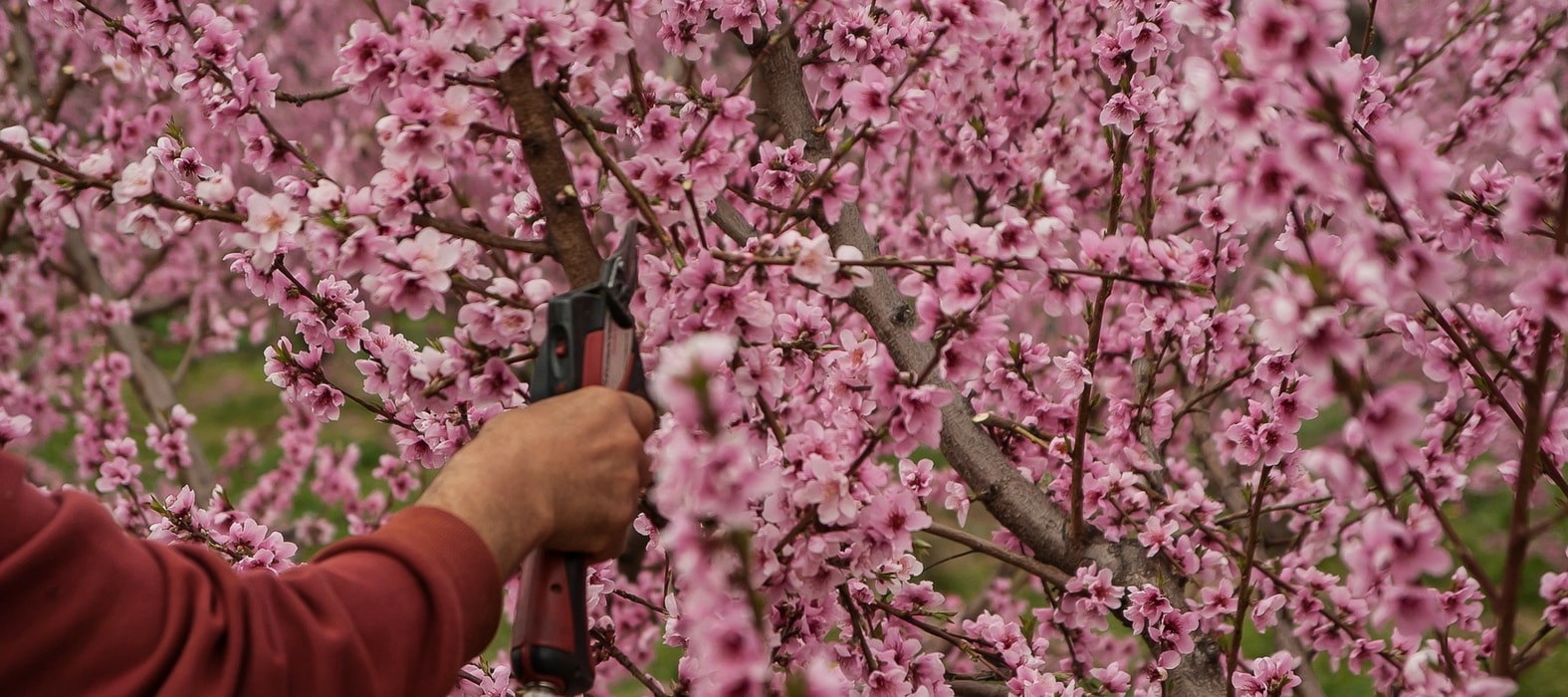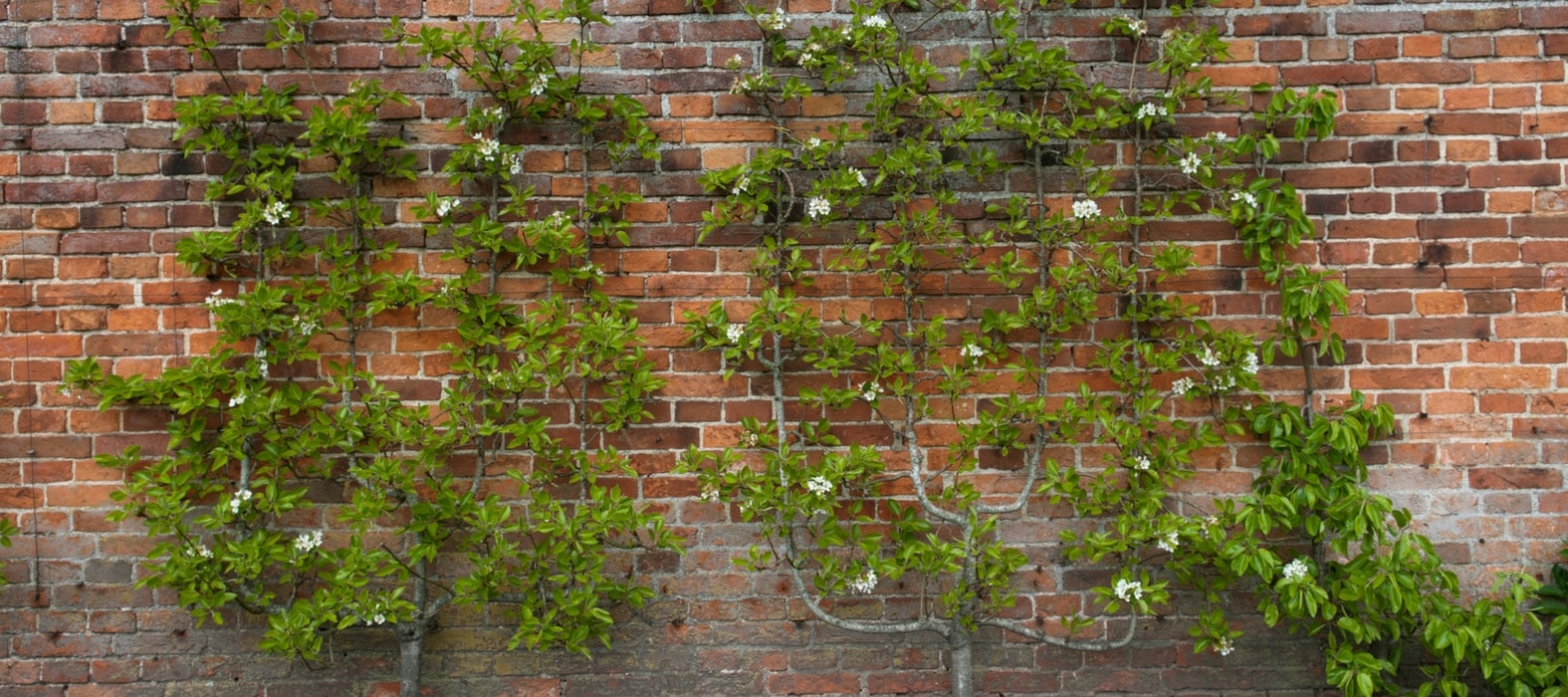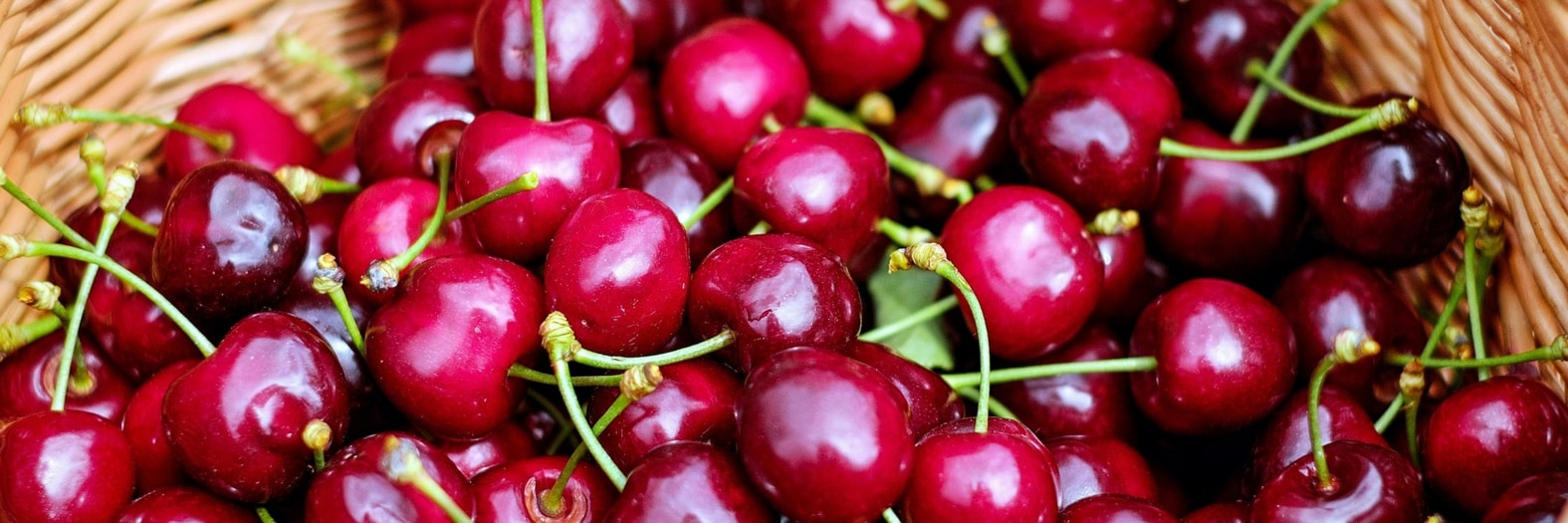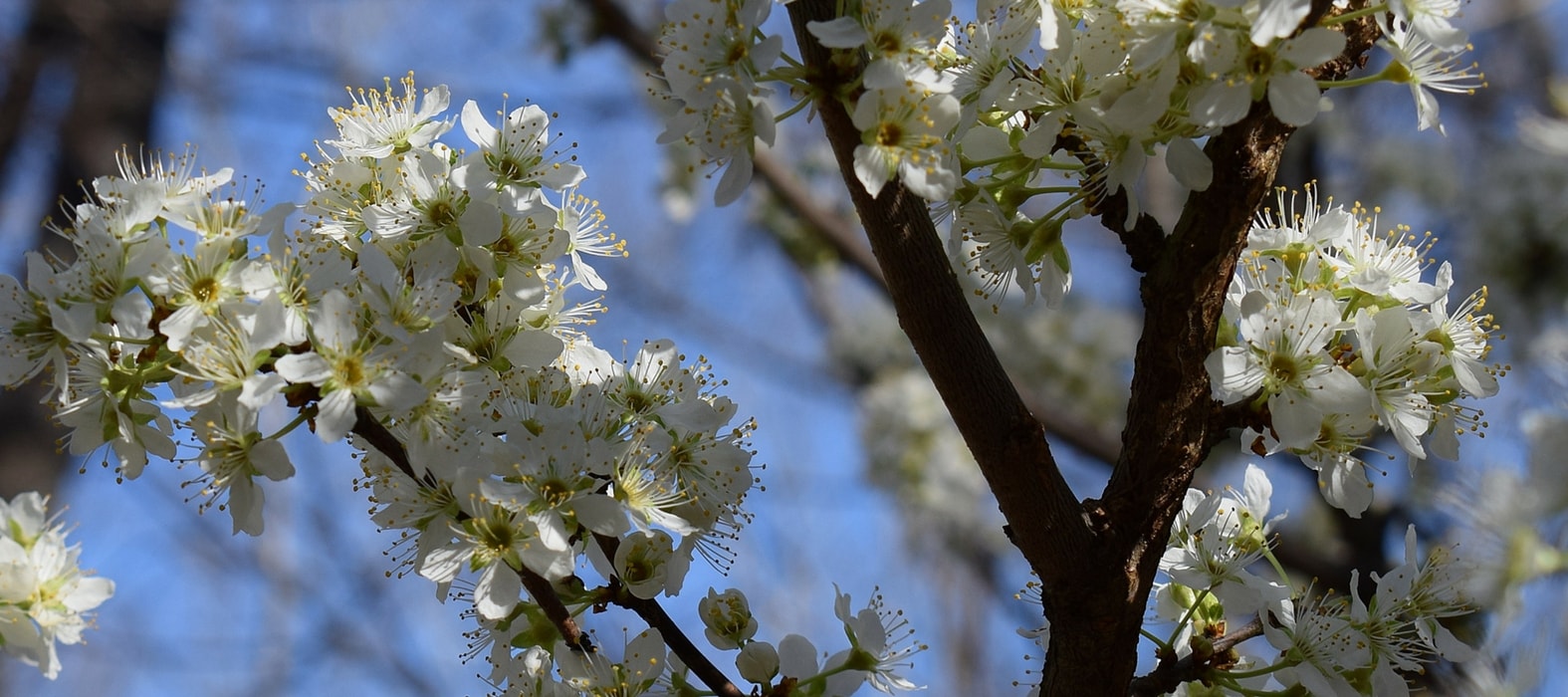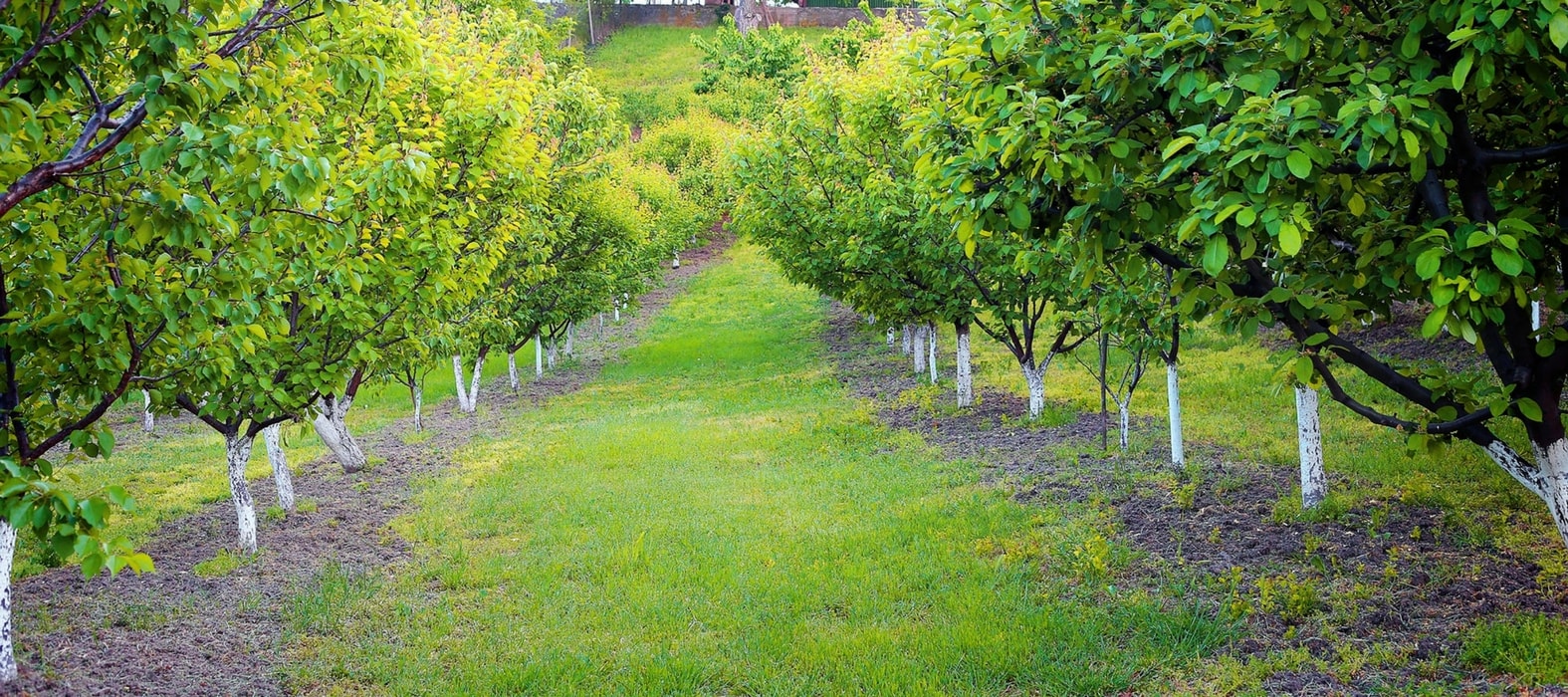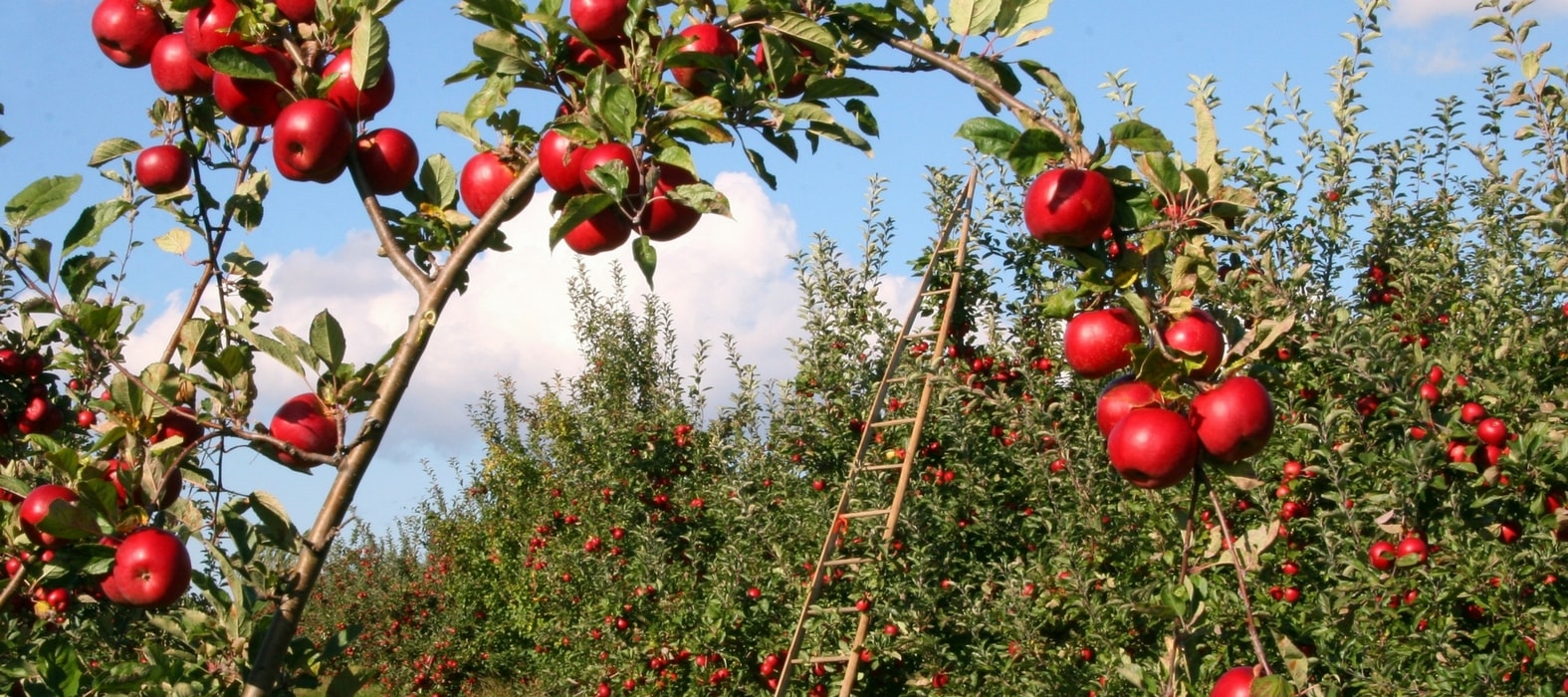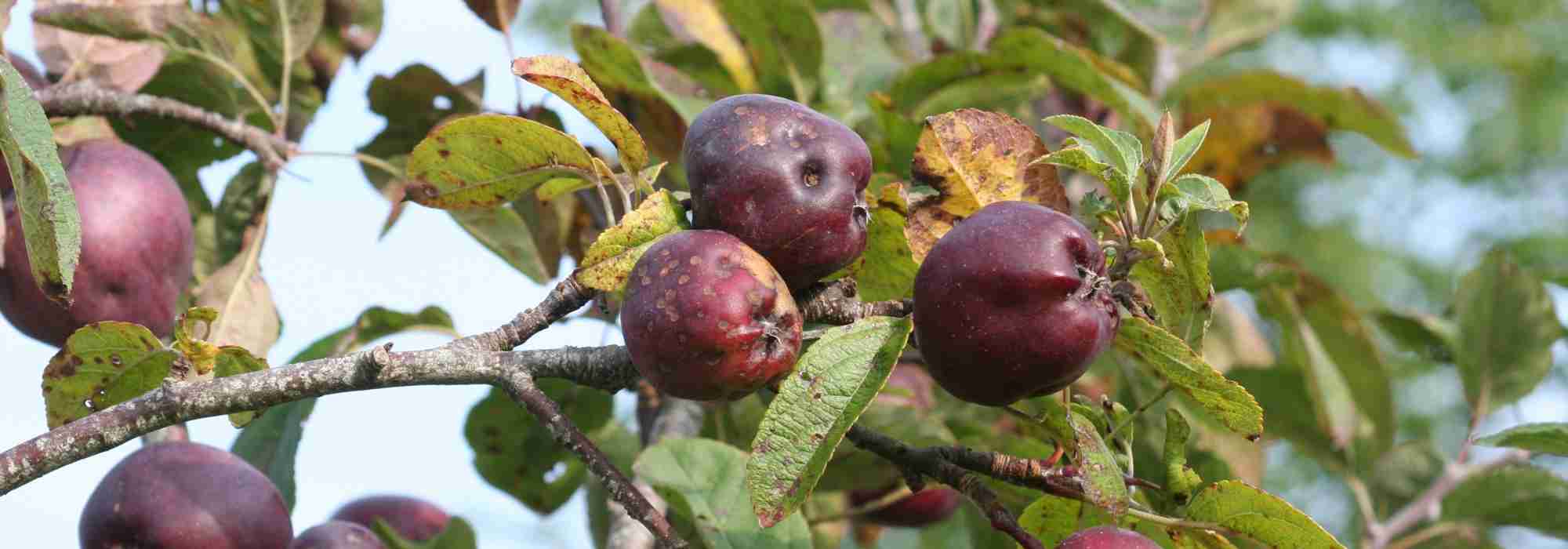

Malus domestica Rajewskie - Pommier domestique, Pommier commun
Malus domestica Rajewskie - Pommier domestique, Pommier commun
Malus domestica Rajewskie
Pommier domestique, Pommier commun
Special offer!
Receive a €20 voucher for any order over €90 (excluding delivery costs, credit notes, and plastic-free options)!
1- Add your favorite plants to your cart.
2- Once you have reached €90, confirm your order (you can even choose the delivery date!).
3- As soon as your order is shipped, you will receive an email containing your voucher code, valid for 3 months (90 days).
Your voucher is unique and can only be used once, for any order with a minimum value of €20, excluding delivery costs.
Can be combined with other current offers, non-divisible and non-refundable.
Why not try an alternative variety in stock?
View all →This plant carries a 6 months recovery warranty
More information
We guarantee the quality of our plants for a full growing cycle, and will replace at our expense any plant that fails to recover under normal climatic and planting conditions.
Description
The 'Rajewskie' Apple Tree is one of those heritage varieties that have gracefully stood the test of time. Originating from Ukraine, its hardiness, good productivity, and the delicious taste of its fruits explain its longevity. With its vigorous growth, the tree forms a spherical to trailing crown, adorned with beautiful spring blossom. Pollinated by another nearby pollinator variety, the flowers develop into large-sized apples. When ripe in October, the yellow-green apples with a red blush reveal a crunchy and juicy flesh. A dessert apple perfect for eating straight from the tree, this variety also makes delightful desserts.
The Apple Tree is a member of the Rosaceae family, a vast group that includes most of our other fruit-bearing genera (Cherry, Plum, Raspberries...). The genus Malus comprises around forty species, including the Common Apple Tree, or Malus domestica (also known as Malus communis or Malus pumila). Cultivated since antiquity (the Romans already knew 29 different varieties), today there are no fewer than 20,000 varieties!
The Malus domestica ‘Rajewskie’ was first described in 1880 after its discovery in the Raj Estate near Lviv, a major Ukrainian city. This variety grows quickly, forming a spherical crown with a somewhat flattened top. This dome consists of trailing branches, which may sometimes reach the ground, giving the tree a distinctive silhouette. Like other varieties, this Apple Tree produces a beautiful spring blossom of single pale pink-white flowers that attract bees. They must be pollinated by another nearby variety, such as 'Reine des Reinettes'. The developing fruits grow to a large size by October, when they reach ripeness and can be harvested. Their smooth skin is straw-green and covered with a carmine-red blush of varying intensity. The large apples are slightly ribbed and often somewhat asymmetrical, with one side more developed than the other. When cut, they reveal a white, slightly greenish flesh—crunchy, juicy, and aromatic. The tree is known to start bearing relatively late and may exhibit biennial bearing, meaning a high-yield year is often followed by a low-yield one. Thinning young fruits when too abundant can help mitigate this alternation, while also increasing the average size of the apples.
Highly hardy and less prone to powdery mildew (though more susceptible to scab), the 'Rajewskie' Apple Tree is easy to grow in spacious gardens, as it can grow quite large. It pairs well with the Mirabelle de Nancy, a Plum Tree adapted to semi-continental conditions, bearing small round yellow fruits from August. To extend the harvest season, consider planting a Gooseberry 'Hinnonmaki Rod', whose tangy fruits ripen in July. For an even earlier harvest, the Cherry Tree 'Bigarreau Burlat' offers crunchy, sweet cherries from May onwards.
Plant habit
Fruit
Flowering
Foliage
Botanical data
Malus
domestica
Rajewskie
Rosaceae
Pommier domestique, Pommier commun
Malus domestica Rajowskie
Cultivar or hybrid
Other Apple trees
View all →Planting and care
Choose a sunny spot for your 'Rajewskie' Apple Tree. The soil can be slightly chalky or acidic, but not excessively so. Dig a wide planting hole at least three times the volume of the root ball. Simultaneously add organic matter (compost, potting soil...) and a base fertiliser like ground horn. Do not bury the graft junction. Stake if necessary. For apple trees planted in isolation and exposed to wind, it may be beneficial to stake them by installing a guy-wire system: plant 3 stakes in a triangle 50 cm around the trunk, join them together with pieces of wood. Protect the bark with a piece of rubber, for example, and attach the stakes to the trunk with metal wires. Water generously, even in winter, even if it rains. Fruit trees are ideally planted between October and March, outside of frost periods. Container-grown plants can be planted all year round except during periods of extreme heat or frost.
In winter, you can add a small spadeful of wood ash rich in potash at the base of the tree, lightly incorporating it into the surface of the soil, to improve fruiting. The Apple Tree can be susceptible to various diseases and pests. To minimise risks, space trees sufficiently, plant multi-species hedges, set up nest boxes or insect shelters to attract beneficial insects. In short: prioritise diversity. The main diseases affecting Apple Trees are scab (brown spots on the leaves), brown rot (wilting of flowers and fruit rot on the tree) and powdery mildew (white felting on the leaves). For these three cases, preventive action is preferable by spraying a horsetail decoction; as a last resort and during severe attacks, a curative treatment based on Bordeaux mixture can be applied. 'Rajewski' is less susceptible to powdery mildew but may be prone to scab.
As for pests, the codling moth (or fruit worm) is a small caterpillar, resulting from a butterfly's eggs, which causes tunnels inside the fruit. To remedy this, it is best to act preventively by encouraging the presence of tits and bats by setting up nest boxes. In case of aphid infestations, spray a solution based on tar soap.
For optimal storage, it is advisable to place the apples with their peduncles facing downwards, in crates or trays. Choose a location that is preferably completely dark, dry, and cool, but frost-free.
Planting period
Intended location
Care
Planting & care advice
This item has not been reviewed yet - be the first to leave a review about it.
Haven't found what you were looking for?
Hardiness is the lowest winter temperature a plant can endure without suffering serious damage or even dying. However, hardiness is affected by location (a sheltered area, such as a patio), protection (winter cover) and soil type (hardiness is improved by well-drained soil).

Photo Sharing Terms & Conditions
In order to encourage gardeners to interact and share their experiences, Promesse de fleurs offers various media enabling content to be uploaded onto its Site - in particular via the ‘Photo sharing’ module.
The User agrees to refrain from:
- Posting any content that is illegal, prejudicial, insulting, racist, inciteful to hatred, revisionist, contrary to public decency, that infringes on privacy or on the privacy rights of third parties, in particular the publicity rights of persons and goods, intellectual property rights, or the right to privacy.
- Submitting content on behalf of a third party;
- Impersonate the identity of a third party and/or publish any personal information about a third party;
In general, the User undertakes to refrain from any unethical behaviour.
All Content (in particular text, comments, files, images, photos, videos, creative works, etc.), which may be subject to property or intellectual property rights, image or other private rights, shall remain the property of the User, subject to the limited rights granted by the terms of the licence granted by Promesse de fleurs as stated below. Users are at liberty to publish or not to publish such Content on the Site, notably via the ‘Photo Sharing’ facility, and accept that this Content shall be made public and freely accessible, notably on the Internet.
Users further acknowledge, undertake to have ,and guarantee that they hold all necessary rights and permissions to publish such material on the Site, in particular with regard to the legislation in force pertaining to any privacy, property, intellectual property, image, or contractual rights, or rights of any other nature. By publishing such Content on the Site, Users acknowledge accepting full liability as publishers of the Content within the meaning of the law, and grant Promesse de fleurs, free of charge, an inclusive, worldwide licence for the said Content for the entire duration of its publication, including all reproduction, representation, up/downloading, displaying, performing, transmission, and storage rights.
Users also grant permission for their name to be linked to the Content and accept that this link may not always be made available.
By engaging in posting material, Users consent to their Content becoming automatically accessible on the Internet, in particular on other sites and/or blogs and/or web pages of the Promesse de fleurs site, including in particular social pages and the Promesse de fleurs catalogue.
Users may secure the removal of entrusted content free of charge by issuing a simple request via our contact form.
The flowering period indicated on our website applies to countries and regions located in USDA zone 8 (France, the United Kingdom, Ireland, the Netherlands, etc.)
It will vary according to where you live:
- In zones 9 to 10 (Italy, Spain, Greece, etc.), flowering will occur about 2 to 4 weeks earlier.
- In zones 6 to 7 (Germany, Poland, Slovenia, and lower mountainous regions), flowering will be delayed by 2 to 3 weeks.
- In zone 5 (Central Europe, Scandinavia), blooming will be delayed by 3 to 5 weeks.
In temperate climates, pruning of spring-flowering shrubs (forsythia, spireas, etc.) should be done just after flowering.
Pruning of summer-flowering shrubs (Indian Lilac, Perovskia, etc.) can be done in winter or spring.
In cold regions as well as with frost-sensitive plants, avoid pruning too early when severe frosts may still occur.
The planting period indicated on our website applies to countries and regions located in USDA zone 8 (France, United Kingdom, Ireland, Netherlands).
It will vary according to where you live:
- In Mediterranean zones (Marseille, Madrid, Milan, etc.), autumn and winter are the best planting periods.
- In continental zones (Strasbourg, Munich, Vienna, etc.), delay planting by 2 to 3 weeks in spring and bring it forward by 2 to 4 weeks in autumn.
- In mountainous regions (the Alps, Pyrenees, Carpathians, etc.), it is best to plant in late spring (May-June) or late summer (August-September).
The harvesting period indicated on our website applies to countries and regions in USDA zone 8 (France, England, Ireland, the Netherlands).
In colder areas (Scandinavia, Poland, Austria...) fruit and vegetable harvests are likely to be delayed by 3-4 weeks.
In warmer areas (Italy, Spain, Greece, etc.), harvesting will probably take place earlier, depending on weather conditions.
The sowing periods indicated on our website apply to countries and regions within USDA Zone 8 (France, UK, Ireland, Netherlands).
In colder areas (Scandinavia, Poland, Austria...), delay any outdoor sowing by 3-4 weeks, or sow under glass.
In warmer climes (Italy, Spain, Greece, etc.), bring outdoor sowing forward by a few weeks.


































